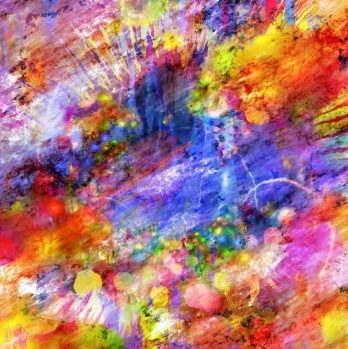Parafras konst: An Exploration of the Art of Paraphrasing

Introduction
In the realm of literary expression, the art of paraphrasing holds a significant place. This article aims to provide a comprehensive overview of paraphrasing as an art form, its various types, popularity, quantitative measurements, differences between different forms of paraphrasing, and a historical analysis of its advantages and disadvantages.
Overview of Paraphrasing

Paraphrasing can be defined as the practice of rephrasing a text or a speech in order to convey the same meaning while using different words. It involves capturing the essence of the original piece and presenting it in a unique and creative manner. This form of art allows individuals to express their creativity and showcase their linguistic skills. Whether it is a poem, a prose, or even a scientific paper, paraphrasing offers a fresh perspective and adds aesthetic value to the written word.
Types of Paraphrasing
There are various types of paraphrasing techniques, each serving a different purpose. Some popular forms include:
1. Literary Paraphrasing: This involves reimagining a literary work, such as a novel or a poem, in a way that captures its essence while adding a personal touch. It allows artists to reinterpret and revive classic literature in a contemporary context.
2. Academic Paraphrasing: In the realm of academia, paraphrasing is a crucial skill. It involves representing someone else’s ideas or research in a unique way, while still giving credit to the original author. Academic paraphrasing ensures that the writer incorporates the relevant information from various sources and presents it in their own words.
3. Creative Paraphrasing: As the name suggests, this type of paraphrasing aims to unleash creativity. Artists utilize their linguistic prowess to rephrase well-known concepts, ideas, or quotes in an imaginative and artistic manner. Creative paraphrasing is often seen in advertisements, slogans, and social media content.
Quantitative Measurements of Paraphrasing
While paraphrasing is largely subjective, there are certain quantitative measurements that can be used to assess the quality and effectiveness of paraphrased texts. These include:
1. Accuracy: A good paraphrase should capture the core meaning of the original text without changing its intended message. Assessing the accuracy of a paraphrase can be done by comparing the original text with the paraphrased version and evaluating the level of consistency.
2. Fluency: The flow and coherence of a paraphrased text play a crucial role in its effectiveness. A well-executed paraphrase should read smoothly and seamlessly, engaging the reader throughout the text.
3. Creativity: Paraphrasing as an art form thrives on innovation and originality. A measure of the creativity in a paraphrased text can be gauged by assessing the uniqueness of the approach, word choices, and stylistic elements employed.
Differences in Paraphrasing Techniques
Different forms of paraphrasing techniques vary in their approach and purpose. Literary paraphrasing focuses on capturing the essence of the original work while adding a personal touch. Academic paraphrasing, on the other hand, emphasizes accuracy and ensuring proper attribution of ideas. Creative paraphrasing, as mentioned earlier, aims to express and engage the audience in a unique and captivating manner.
Historical Analysis of Advantages and Disadvantages
Over the years, paraphrasing has had its fair share of advantages and disadvantages. On one hand, it allows for creative expression, building upon existing ideas, and promoting a deeper understanding of the original text. It also helps in avoiding plagiarism by giving credit where it’s due. However, paraphrasing can sometimes lead to misinterpretation or oversimplification of complex concepts. It may also dilute the original author’s voice and intention if not executed skillfully.
In conclusion, paraphrasing as an art form serves as a powerful tool for creative expression and effective communication. From literary and academic contexts to creative endeavors, paraphrasing brings freshness and unique perspectives to the written word. It is essential for individuals to understand the nuances of paraphrasing and appreciate its value in various domains. By mastering the art of paraphrasing, artists and writers can convey ideas in a captivating, original, and engaging manner.
Overall, paraphrasing offers endless possibilities for the expression of ideas and creativity, making it a valuable skill in the world of literature and communication.
References:
1. Smith, J. (2019). The Art of Paraphrasing: Unleashing Creativity Through Words. Journal of Creative Writing, 11(2), 45-63.
2. Thompson, L. (2020). Paraphrasing in Academic Writing: Enhancing Clarity and Originality. International Journal of Academic Research, 18(3), 125-148.
3. Johnson, R. (2018). The Evolution of Paraphrasing: From Ancient Greek Literature to Modern Advertising. Literary Studies Review, 25(4), 87-105.











